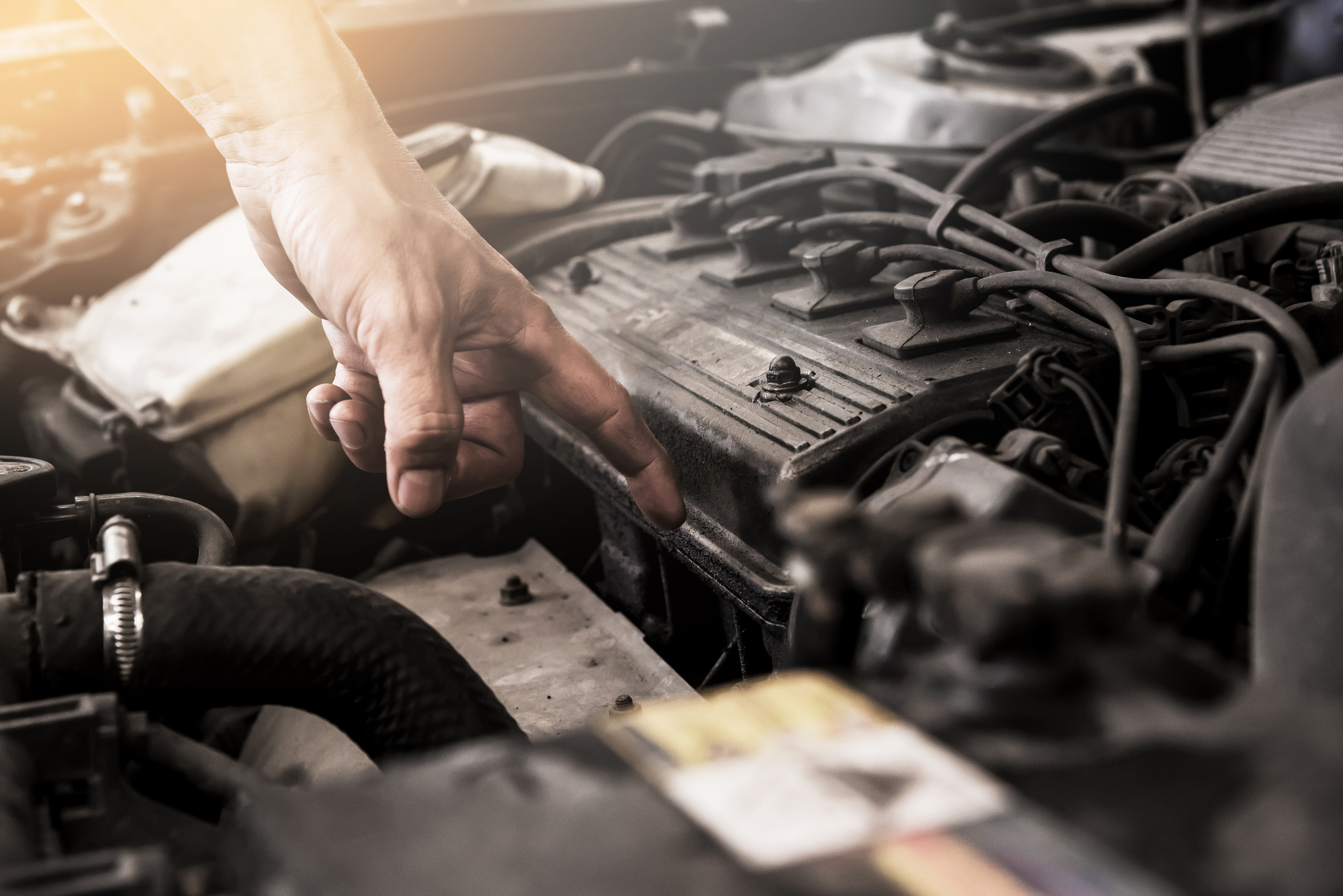Summary
Location of the water pump in the car
Car water pump: constitution
Car water pump malfunctions
Car water pump: technological evolution
How to check for water pump issues
Cost of a water pump
Replacement of a water pump
The water pump is part of the car’s engine cooling system; its role is to accelerate the coolant’s circulation. This post provides you with the basic information on this central component of your car, so next time the mechanic mentions it, you will know what he is talking about.
Location of the water pump in your car
It is located in the engine block and is driven in 2 particular ways:
– By the timing belt: this is the most common solution. Most of the time, it is systematically replaced with the timing kit.
– By the transmission belt.
Car water pump: constitution
It consists of the following elements:
-
- An alloy body that allows its fixation on the engine block.
-
- A pulley or a pinion that allows the connection with the belt.
-
- A turbine in contact with the coolant, composed of blades.
-
- A shaft connecting pinion and turbine.
-
- 1 or 2 bearings allowing the rotation of the axle.
-
- A rotating joint for the sealing of the system.
Car water pump malfunctions

Here is a list of the different malfunctions of the water pump:
Leaks: This is the most common symptom. Traces of liquid manifest it through a hole in the pump body (it opens between the seal ring and the outer bearing, preventing the destruction of the bearing when it comes into contact with the liquid).
Operating noise: in this case, the bearing(s) are involved and emit a characteristic rumbling noise more or less accentuated.
Turbine loosening: the wheel usually crimped on the shaft is no longer driven, and the liquid’s forced circulation is interrupted.
How to check for water pump issues
You can carry out different types of controls:
Visual control: this is the first control to be carried out. As the coolant contains a marker, this may be sufficient to detect any leaks.
Pressurized inspection: this consists of blowing pressurized air into the circuit to detect possible leaks.
Caution: it is essential not to exceed a pressure of 1.5 bar; otherwise, you will create new leaks, and the cooling system (radiator, hoses, etc.) will be damaged.
Hearing checks: this is to detect pump-bearing noises. To do this, use a stethoscope (yes, it also exists in mechanics!) or merely a large screwdriver to be put in contact with the pump body.
Cost of a water pump
A water pump alone has an average price of $30 to $60, and when it is included in a distribution kit, the price ranges from $100 to $180.
Replacement of a water pump
It all depends on your level of competence, but this operation does not present any particular difficulties if the following rules are respected:
– Thoroughly clean the parting line.
– For pumps with a flat paper gasket, apply a suitable gasket compound in measured quantities.
Note: You must stop the heresy of the standard silicone-based product. Otherwise, it is even better to mount the gasket dry or covered with a thin layer of grease.
Good to know: You should always see the joint through when applying.
– For pumps with an O-ring, minimal grease is required (marine grease).
– Purge the circuit properly after assembly and follow the manufacturer’s procedures.
Please, do not hesitate to call a professional mechanic if you do not feel confident about doing it yourself.





12 thoughts on “How to Check for Car Water Pump Issues?”